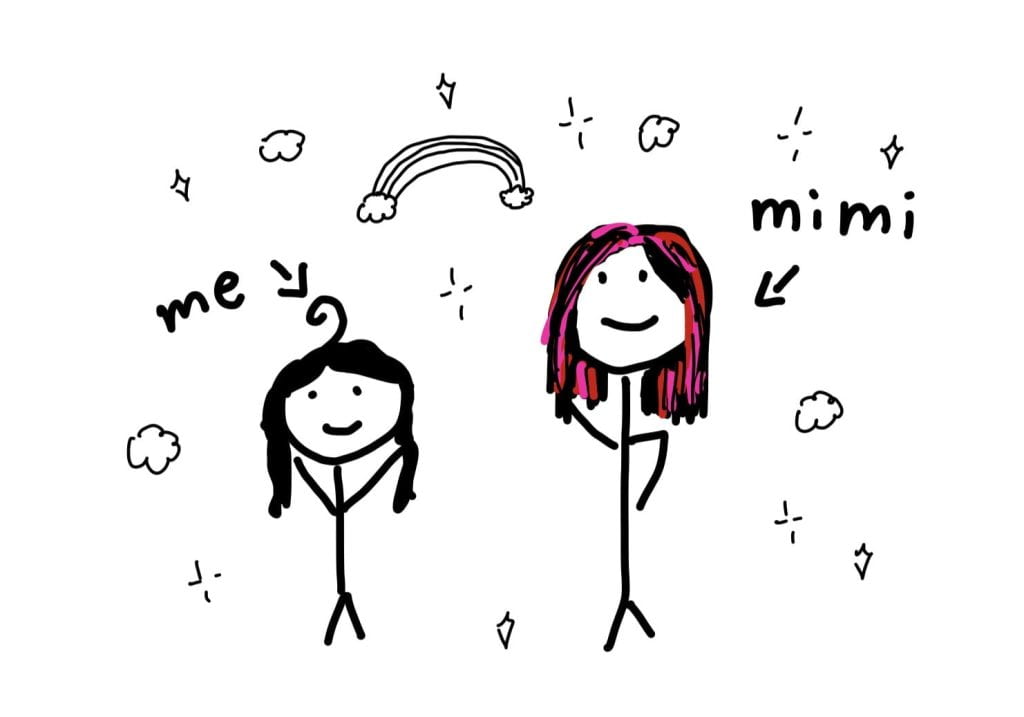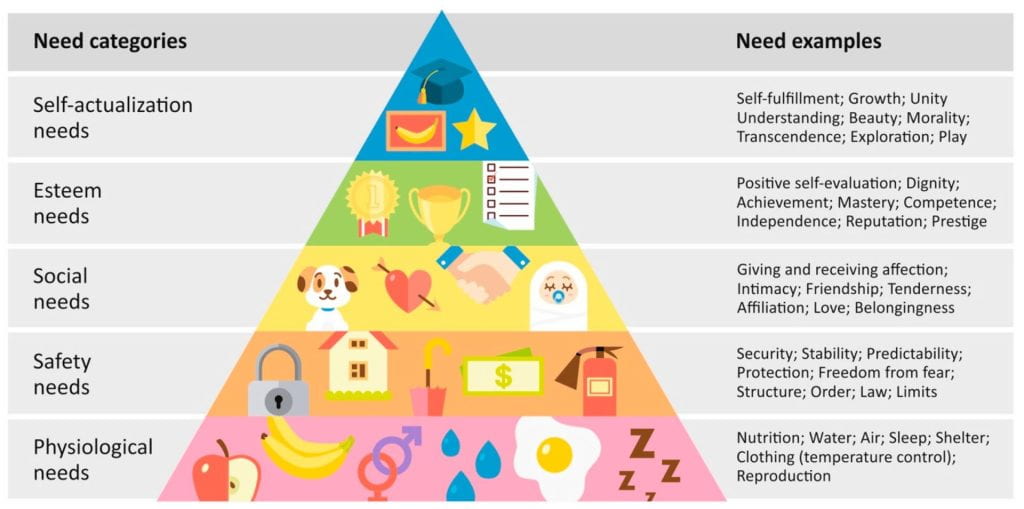Advantages and disadvantages of digital education
Hello everyone! Today a want to share with you some of the pros and cons of digital learning which caught my attention
I did a comparation of some concepts and what it referes to, I hope you like it

The use of technology in your learning.

Today, I want to share my reflections on how technology has influenced my learning journey and its impact on my education.
Looking back on my early school days, I have memories of my primary school English teacher, Miss Labrin, and her radio. Each day, she would bring it to class for listening activities, As I time passed I noticed her integrating new technologies into our learning experience. By the time of our afternoon classes, she started incorporating educational videos from YouTube that were related to the topics we were studying. For me learning thought this method was super fun, until today I remember those classes with appreciation.
As technology continued evolving, My teachers gradually began using various technological tools, including a program called Kahoot!, which became a favorite for pop quizzes. This interactive platform added an element of fun to our assessments and made learning more engaging for everyone.
In recent years, technological devices have become even more popular to education. Many students, including myself, now use tablets and laptops to take notes during class.
However, the inevitable presence of the internet also presents challenges (In my opinion). While it is an essential part of daily life, its overuse or misuse can lead to dependency issues. Therefore, it is crucial to approach technology with responsibility and mindfulness to fully have its benefits.
In conclusion, I believe that technology is a valuable tool for teaching and learning. It offers numerous advantages, but, like any tool, it can be misused. As educators, we must be aware and thoughtful about how we incorporate technology into our teaching practices. Reflecting on my experiences, I feel lucky to have been guided by excellent examples of how technology can be effectively utilized in education. These experiences have inspired me, and motivates me to apply these lessons when I have the opportunity to teach others on the future.
Language 3 Self-assessment
I really enjoyed Language 3 If you ask me, my weak point here was UoE,I need to put more emphasis on the study of this subject but the next semester I will come back with more energy and everything will be better I have an ace up my sleeve (૭ 。•̀ ᵕ •́。 )૭ I hope it works..
I truly believe this wasn’t my semester, so i try to stay possitive I think is part of the path to feel useless sometimes.
everything can be better.
This semester we had to do some feedback to Language 1 peers and it was good to feel like i was helping others. I truly like to do feedback even though if im not a professional doing it.

Shipping container – Summarize a text !
In 1956, Maicol McLean observed inefficiencies in the shipping industry, with workers manually moving boxes. This led him to start putting products inside a container so machines would move them between trucks, trains, and ships.
During the 1970s and 1980s, container shipping became popular worldwide. How did this change business? Shipping became cheaper and faster after McLean’s idea reduced shipping costs significantly, in addition to increasing efficiency and raising worker productivity.
Another change was employment; this business also created new job opportunities because of cheaper production in low-cost Asian countries
This simple idea created by Maicol McLean made globalization possible, transforming international trade and the global economy.
“My midterm journal”
Hello everyone! today i’m going to talk about my experience with midterms so far this third semester
I truly believe that when I arrived at uni, I was terribly afraid of midterms. Every day, I found myself wondering if I would be able to pass all my language subjects. However, I soon realized that I just needed to trust myself,eventhough it was difficult. So if i had to make a recommendation to anyone who is going to join the program and is nervous about midterm I would said “Breath in and breath out, you can do it”
Speaking about new people on the program,this year I met a lot of first year students, and believe it or not I became godmother! Hahahaha
So at certain part in the year I had to do audio feedbacks to some of my friends of first year,and it was great to feel I’m truly helping someone!
I don’t have pictures of me and the newbies but I made a drew of me and my goddaughter mimi <3

Audio Upload 17: What Are Your ‘True Colors’ ?
Sometimes we talk about our feelings with words describing colors. For example, if I am feeling down or a bit sad, I can say I am “blue.” If I’m angry, I might say that I see “red.” If I’m out of sorts or really unhappy, I can say I’m in a “black” mood. If I want something that someone else has, I can say I’m “green” with envy.
All these different feelings can be represented with colors. But what about your “true colors?” What does it mean to show your true colors?
If we show our “true colors,” we are true to ourselves. We show what we are really like. We reveal our true nature, character, or personality.
For example, I have a friend who loves the sun and sea. When she is at the beach, she shows her “true colors.” She’s very active — swimming in the sea, walking along the beach, and enjoying other outdoor activities. When she is away from the beach, she doesn’t seem herself. She is often inside and not very active.
However, showing one’s true colors does not always mean something good. Some people may present themselves in a way other than how they really are. They might seem to have positive characteristics. They act kind, pleasant, generous, or helpful. But in fact, they are really the opposite. They are not showing their “true colors.” They keep their “true nature” hidden.
Learning Theories Summary ! – Curriculum
Behaviorism
What it is?
Is a branch of psychology that focuses on how people learn through their interactions with the environment. It is based on the idea that all behaviors are acquired through conditioning, which is a process of reinforcement and punishment.
Who were the autors or developers of this theory?
Ivan Pavlov
Russian physiologist and psychologist, known for his experiment in which he trained a hungry dog to drool at the sound of a bell.
John W. Watson
Building on the work of Pavlov, Watson argued that the process of classical conditioning was able to explain all aspects of human psychology. In fact, he argued that individual differences in behavior were simply due to different learning experiences.
known for his “Little Albert experiment,” Watson set out to demonstrate how specific learning experiences could shape an individuals behavior in 1920. This experiment involved testing baby Albert, a 9-month-old infant, and his reactions to various stimuli.
B.F. Skinner
best known for the concept of operant conditioning. Based on hisexperiment with the Skinner box
Skinner was able to determine the following:
- Operant conditioning is the rewarding of part of a desired behavior or a random act that approaches it.
- An operant response would be pressing a bar to receive a food pellet.
- A reinforcer is the food pellet itself.
- A punisher is the consequence that suppresses a response and decreases the likelihood that it will occur in the future (i.e., receiving an electric shock for pressing the bar to receive a food pellet).
Role of the Teacher
The teacher’s role is to manipulate the environment to shape behavior.
Roles of the Student
Behaviorism assumes humans are like animals, ignores the internal cognitive processes that underlie behavior. From a behaviorist perspective, the role of the learner is to be
- Acted upon by the teacher-controlled environment.
- Work for rewards
- Respond to stimuli
How can we apply this in a classroom?
we as educators can motivate students and increase the likelihood of those behaviors being repeated. For example, a teacher can praise a student for completing their homework, give them a sticker for raising their hand, or reward them with extra recess time for being cooperative.
We reward good behaviors in order for the student do it again.
Humanism
What it is about?
Humanism stresses the importance of human values and dignity. It proposes that people can resolve problems through science and reason. Rather than looking to religious traditions, humanism focuses on helping people live well, achieve personal growth, and make the world a better place.This theory was created in the early 1900’s and was a response to the common educational theories at the time, which were behaviorism and psychoanalysis.
Who were the autors or developers of this theory?
The humanistic learning theory was developed by:
Abraham Maslow
was a psychologist who is considered to be the father of humanistic psychology. His greatest contribution to the humanist movement was his hierarchy of needs, which said that basic physical needs must be met first before people can realize their full potential.
American psychologist, initiator, along with Abraham Maslow, of the humanistic approach in psychology. A study conducted among American and Canadian psychologists ranked him as the
most influential psychotherapist in history.

Carl Rogers
American psychologist, initiator, along with Abraham Maslow, of the humanistic approach in psychology. A study conducted among American and Canadian psychologists ranked him as the
most influential psychotherapist in history.Rogers in his humanistic therapy wanted clients to achieve congruence between their real self and their ideal self.
James F. T. Bugental
He was one of the predominant theorists and advocates of the existential-humanistic therapy movement. He was a therapist,teacher and writer for more than 50 years.
Role of the Teacher
- Be a facilitator and a participating member of the group.
- Accept and value students as viable members of society. Accept their values and beliefs.
- Promote creativity, insight and initiative.
Role of the student
- The student must take responsibility in initiating learning; the student must value learning.
- Learners actively choose experiences for learning.
- Through critical self-reflection, discover the gap between one’s real and ideal self.
- Be truthful about one’s own values, attitudes and emotions, and accept their value and worth.
- Improve one’s interpersonal communication skill.
- Become empathetic for the values, concerns and needs of others.
- Value the opinions of other members of the group, even when they are oppositional.
- Discover how to fit one’s values and beliefs into a societal role.
- Be open to differing viewpoints.
How we can apply this in a classroom?
In schools, humanism can be apply by letting the students being involve directly with their learning and giving space to self-evaluations.
Social connectivism
What it is about?
This theory explains why people behave on one or another thing
Who were the autors or developers of this theory?
Albert Bandura
Born on December 4, 1925, in
Canada, he is a Psychologist, best known for:
The social cognitive theory.
The concept of self-efficacy.
The Bobo doll experiments.
Teacher role
Modeling Behavior: Teachers serve as role models by demonstrating
behaviors, attitudes, and skills.
Facililating Social Interactions: Teachers create opportunities for
students to interact with peers and engage in collaborative learning
Student role
Observing and Modeling Behavior: Students observe the behaviors of
others, including their teachers and peers, and model their own behaviors
based on these observations.
Seeking Feedback: Students actively seek feedback from others,
including teachers and peers, to evaluate their progress and improve their
performance.
How can we apply this to a classroom?
Motivation is the key of this theory so being in a class which the outcomes motivates the students is an example of the use of this.
Multiple Intelligence
what it is about?
This theory categorizes the different skills that someone has and puts away the believe about intelligence as a sort of general dominion.
Who were the autors or developers of this theory?
Howard Earl Gardner
(born July 11, 1943) is an American developemental psycologist who created the theory of Multiple Intelligence.
Teacher role
The teacher has to search the “hidden” ability of his students to reinforce this.Student role
The students has to try to find his hiddent ability with the purpose of develop this.
How can we apply this to a classroom?
By doing classes for each type of intelligent letting space to everyone to develop his own abilities.Social Culture Theory
What it is about?
This theory is about the process of learning and cognition develop takes place through cultural and social interactions.
Who were the autors or developers of this theory?
Lev Vygtosky
Lev Vygotsky was a seminal Russian psychologist best known for his theory. He believed that social interaction plays a critical role in children’s learning.
Teacher role
The teacher has to give tools to the student for the develop in a particular culture.
Student role
The student has to pay attention to his enviroment to learn about it in a cultural and social way.
How can we apply this to a classroom?
Constructivism
What it is about?
Constructivism is based on the idea that people actively construct or make their own knowledge, and that reality is determined by your experiences as a learner. Basically, learners use their previous knowledge as a foundation and build on it with new things that they learn.
Who were the autors or developers of this theory?
- Lev Vygotsky
- J. Piaget
- P. Freire
- O. Decroly
- M. Montessory
- R. Steiner
- C. Freinet
Teacher role
The teacher plays the role of a facilitator of knowledge
Student role
The student has to assumes an active role by participating, reading or making questions, is up to him build his knowledge.
How can we apply this to a classroom?
- Reciprocal teaching/learning. Allow pairs of students to teach each other.
- Inquiry-based learning (IBL) Learners pose their own questions and seek answers to their questions via research and direct observation.
- Cooperative learning.
Connectivism
What it is about?
This theory mainly talks about the use of technology for classrooms and lifestyle and it says that knowledge and learning are found in the diversity of opinions, it can be acquire in non-human artifacts
Authors:
George Siemen
(Born on 1970) is a canadian expatrice professor of psychology. He is known for his theory of connectivism , which seeks to understand learning in the digital age. He played a role in the early development of Massive Online Open Courses (M.O.O.Cs)
Stephen Downes
(born April 6, 1959) is a Canadian philosopher and commentator in the fields of online learning and new media. He has explored and promoted the educational use of computer and online technologies since 1995.
Teacher role
The teacher is a facilitators of the networked knowledge, navigating in a way that is critical and responsibly throughout the internet
Student role
The student has to be aware that the use of internet can be dangerous but at the same time useful,so students must be responsable with this tool.
How can we apply this to a classroom?
- By using “Google Classroom” for activities
- By using socialmedia to spread information to students.
♡ UoE Task – Fan interviews Kanye West! ♡
Today I am a Kanye West fan who interviewed him at the UNAB, check what he said!
https://drive.google.com/file/d/1kvuQmMNjGrRsLPayMD1H_Ez3dW52j6NU/view?usp=sharing

Kanye also sings Taylor´s songs when he is alone
Here is the Leaked video (don´t tell him I shared it with you)
https://drive.google.com/file/d/1cgK0lA1SoCOq6SJTdBjAVFnsL1R7Hebh/view?usp=sharing